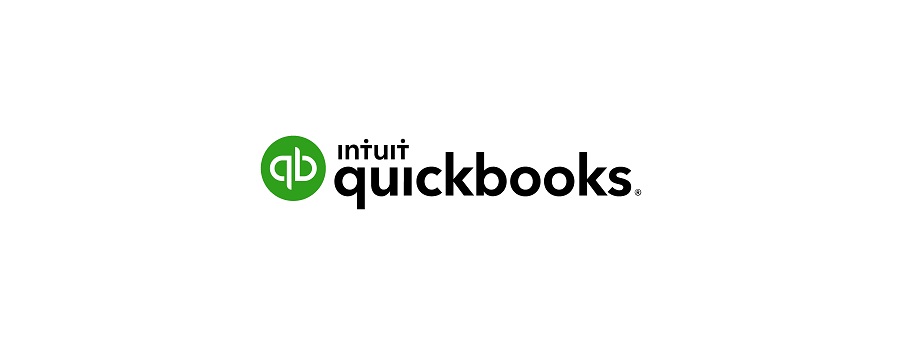

Managing a business’s finances requires meticulous attention to detail and the ability to forecast and adapt to future needs. The integration of QuickBooks with Power BI dashboards has provided business owners and financial managers with a dynamic tool to visualize their financial data and make informed decisions. Let’s dive into the capabilities of this powerful dashboard.
At the core of the QuickBooks Power BI dashboard is the budget analysis feature. It provides a clear comparison between budgeted figures and actuals, allowing businesses to track their financial performance in real time. With this dashboard, discrepancies are immediately noticeable, and the percentage of the budget spent is crystal clear, ensuring that there are no surprises come end-of-month or quarter.

The dashboard offers detailed sections for both revenue and expenses, breaking down each category and class. This level of detail not only helps in identifying the main sources of income and major areas of expenditure but also in spotting trends over time. For instance, if the dashboard shows an unexpected increase in operational income or a decrease in expenses due to cost-saving measures, a business can quickly pivot its strategy to take advantage of these insights.


For many businesses, invoicing can be a cumbersome task. The Power BI dashboard simplifies this by tracking invoices per originator, amounts invoiced per user, and providing a detailed invoice list. This ensures that businesses can keep a close eye on cash flow, which is often a key indicator of a business’s health.
The vendor detail page gives businesses a breakdown of expenses by account type and vendor, complementing the comprehensive view of where funds are allocated. On the flip side, client details provide an overview of billing information, helping businesses understand which clients are the most profitable and which might need more attention or different strategies.

The KPI section of the dashboard dist
ills down the essence of a business’s financial data into actionable insights. It highlights net revenue comparisons, operating cash on hand, and days of cash on hand, among other metrics. This high-level data is crucial for quick decision-making and understanding the business’s overall financial health.

Power BI dashboards transform QuickBooks data into a visual feast. Gone are the days of sifting through complex spreadsheets to understand financial standings. Now, interactive charts and graphs provide an intuitive understanding of financial data, allowing users to quickly grasp complex information and identify trends that might have otherwise gone unnoticed.
Perhaps the most significant advantage of the QuickBooks Power BI dashboard is its ability to project future financial trends based on historical data. The dashboard’s predictive analytics can help businesses plan for the future with greater accuracy, ensuring they’re not just reacting to the market, but proactively shaping their financial destiny.
The QuickBooks Power BI dashboard is more than just a reporting tool; it’s a financial management revolution. By providing businesses with deep insights and a comprehensive understanding of their financial data, it empowers them to make strategic decisions confidently. In today’s data-driven world, having such a tool is not just an advantage—it’s a necessity.